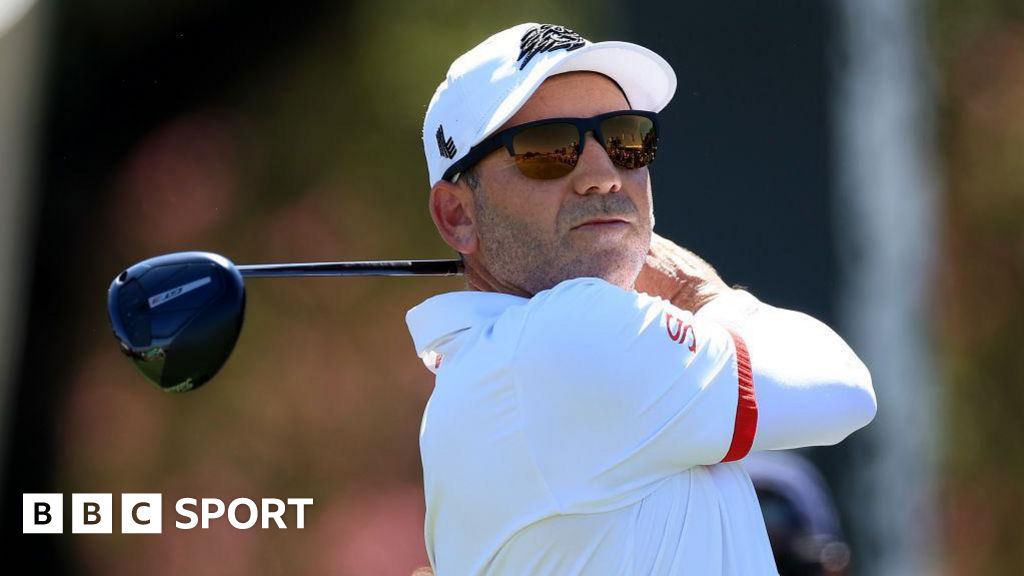World
Jurassic World: Chaos Theory Creatives Talk Disability Inclusion In The Show

Jurassic World:Chaos Theory Season Two lands on Netflix
The second season of the animated spin-off series based on the blockbuster Jurassic World movie franchise Jurassic World: Chaos Theory lands today on Netflix to the delight of its army of fans.
Chaos Theory is the follow-up to DreamWorks Animation’s 5-season extravaganza Jurassic World: Camp Cretaceous which made its debut in 2020. The new series continues to follow the escapades of The Nublar Six who are now young adults having escaped the confines of Isla Nublar where the prehistoric beasts roam. Set six years after the events of Camp Cretaceous, Jurassic World: Chaos Theory explores a very different world in which dinosaurs now share much of the planet with humans with elements of the latter displaying no shortage of ideas on how the fearsome beasts might be exploited for profit and the gang of friends battling to protect them.
Going the extra mile
Flying beneath the radar, amidst all the din of fan fervor, which is naturally overlaid by the ear-shattering roar of a Giganotosaurus, Tyrannosaurus rex and more than a few Velociraptors thrown in for good measure, is the fact that this show, which boasts legendary director Steven Spielberg amongst its Executive Producers, is a triumph of disability-inclusive practices and authentic casting.
Season Two of Chaos Theory features a character with a limb difference Brooklyn who is one of the original Nublar Six but has since lost part of her arm. In Season Two, Brooklyn is authentically voiced by actress, music artist and model Kiersten Kelly who was born with a congenital limb difference with her right arm missing below the elbow. Featuring a character with a disability in a mainstream children’s TV show is most welcome in itself. Less than 2% of characters in children’s TV have a disability according to research from the Geena Davis Institute on Gender In Media in collaboration with Nielsen.
Brppklyn in Jurassic World: Chaos Theory Season Two
Even better, as a purely animated series, it would have been all too easy for the Jurassic World: Chaos Theory production team to have cast a non-disabled voice actress to play Brooklyn with far fewer eyebrows raised than would have been the case for a live-action production. Additionally, Peter Lee, a writer who is an amputee, was brought into the production as a consultant and member of a disability panel to advise on Brooklynn’s storylines before going on to become part of the writers’ room for the entire series. Both Lee and Kelly were given regular opportunities to provide input on how Brooklyn’s limb difference might impact certain scenarios. To augment this understanding, Kelly was asked to provide a video showing her undertaking different tasks.
However, when all is said and done, Kelly’s acting talent and ability to empathize with Brooklyn’s character on a variety of levels was the key motivator in casting her for the role rather than her limb difference alone according to the show’s Executive Producer and Showrunner Scott Kreamer:
“Authenticity, representation and inclusion are very important to us but I want to be real honest, we read actresses with limb differences, and we also read actresses without limb differences,” explains Kreamer in an interview.
“At the end of the day, we would have wanted to have someone with a limb difference but it had to be the best actress for the role. Kirsten was just that. The fact that she also has a limb difference grounds it and provides that sense of authenticity.”
Kelly agrees: “I think I was able to pull from my experience of having a limb difference in certain episodes where we touch on it in the show and I do think that was helpful.”
She continues, “Ultimately though, I’m a person. My limb difference doesn’t define me. It is not what makes me me. It is not my entire identity, nor is it Brooklyn’s. I’m an actor first, and it worked out well that as a person with a limb difference, I was able to tell Brooklyn’s story authentically. ”
“But Brooklyn is just like me in many ways. She is human. She’s not a victim, a villain, a hero. She’s just a human with a story that’s filled with death, depth and color. She’s navigating her new adulthood in a world filled with dinosaurs. She’s just trying to figure out herself and balance her career and relationships. That’s also what I’m doing as a human and I just happen to have a limb difference.”
Actress, musician and disability rights advocate Keirsten Kelly voices Brooklyn imn Jurassic World: … [+]
Kreamer adds, “We’re all people, and for me, that’s the message. Brooklyn in the first series, was this awesome character, and then she gets a limb difference and comes out of it as an awesome character who just happens to have a limb difference. It certainly informs the character but it doesn’t define her.”
Being on-message
As is the case with any type of on-screen disability representation, audience takeaways and core messaging are key.
“We rarely see disabled characters portrayed in popular culture, even though disability is incredibly common,” says Lee.
“Excluding disabled folks from any space, including the media space, perpetuates harmful stigmas. It sends a message that there’s something shameful about being disabled, and so it should just be hidden from view.”
Lee continues, “When things get done a certain way for long enough, those things become resistant to change because change can be scary. That’s why I want to give props to Scott, DreamWorks and Netflix because it takes decision-makers to make courageous decisions. As a consumer of media, when you take risks in storytelling that has the potential of being exciting for a viewer. From the creative standpoint, you invite new and different kinds of collaborators who usually don’t have a seat at the table, and those collaborations spark opportunities for unique kinds of chemistry and stories.”
Of course, it’s important to show kids and adults of all ages that people with disabilities are neither scary nor monsters. Rather, just like everybody else, they do what they can with what they have to get by and survive. Perhaps in a parallel universe full of arch-villains and terrifying creatures this message can resonate even more clearly.










